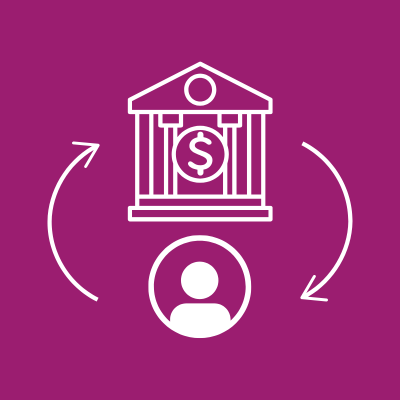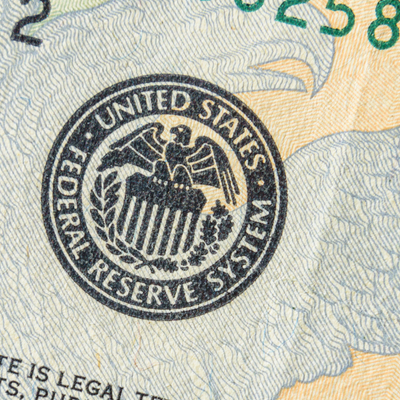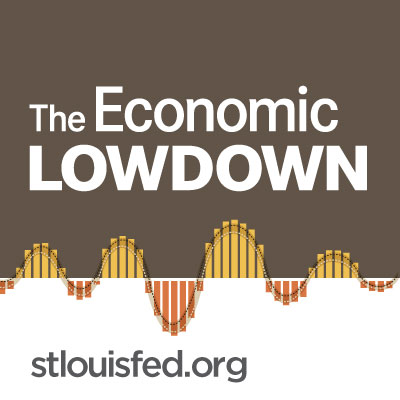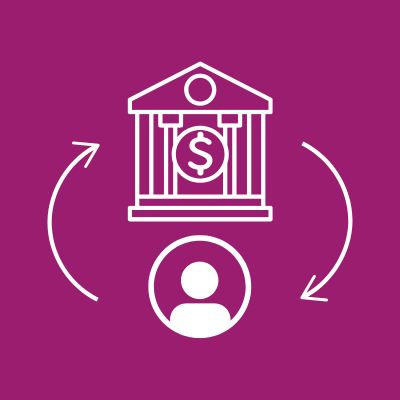Teaching the New Tools of Monetary Policy
Resources for teaching the Fed's monetary policy tools in an ample-reserves framework.
{{searchResultSnippet}}
 Back to All
Back to All

In this video assignment, see how the Fed worked with the U.S. Treasury to keep interest rates low in World War II to finance the nation’s war debt.
What makes a battle? This is what it takes to make a battle. Among many other things wars do, they greatly stress the economy. And World War II, which the United States entered in 1941, was no exception. That war cost the US about 4 trillion in today's dollars. Supplies, equipment, weapons made with one purpose and one purpose only. To support the economic expansion needed for the war effort the US Treasury called on the Fed to help keep interest rates low. Through its monetary policy decisions and purchases of US government securities, the Fed ensured that interest rates remained low. This meant it temporarily lost its independence in setting monetary policy. After the war ended, interest rates stayed low for several years. By 1951, during the Korean War, the Federal Reserve wanted to fight inflation by pursuing an independent monetary policy, but the Treasury wanted to continue the low interest rates. After fierce debate, they came to an agreement known as The Treasury Fed Accord. The agreement recognized the Fed's independence in setting monetary policy. The Treasury Fed Accord laid a foundation for the Fed's policy of aiming for low inflation and maximum employment. Of course, since 1951, there have been some times when the Fed couldn't achieve low inflation and maximum employment.

Teaching the New Tools of Monetary Policy
Resources for teaching the Fed's monetary policy tools in an ample-reserves framework.

Making Sense of the Federal Reserve
Introduce the structure of the Federal Reserve and the basics of monetary policy.

Fiscal & Monetary Policy
Define fiscal and monetary policy and highlight their differences.

What Happens When the Federal Reserve Raises Interest Rates?
Demonstrate how a change in the target range for the federal funds rate transmits through the economy.

Econ Lowdown Podcast Series
21 Economics audio assignments for your classroom

Jargon Alert: Helicopter Money
Learn about a tool to stimulate economies and fight deflationary pressures.

Boom Times and Bubbles: The Internet Age
Learn about the Monetary Control Act of 1980.

Central Banking
Learn the basics parts a central bank.

Creation of the Federal Reserve
Learn about banking panics, recessions, and depressions in the U.S. during the 1800s.

Inflation, Deflation, and Disinflation
Learn the differences between inflation, deflation, and disinflation.

Inflation, the Fed, and You
Learn what causes inflation.

Introduction to the Federal Reserve
Introduce the Fed’s three main functions.

Monetary Policy Fed and You
See how the Fed conducts monetary policy.

Money Versus Barter
Learn how money solves problems created by barter systems.

Price Stability
Learn the importance of price stability.

Stagflation in the 1970s
How did Federal Reserve Chairman Paul Volcker contain inflation, spurred economic growth, and reduced unemployment?
{{resourceTitle}}
{{resourceBlurb}}